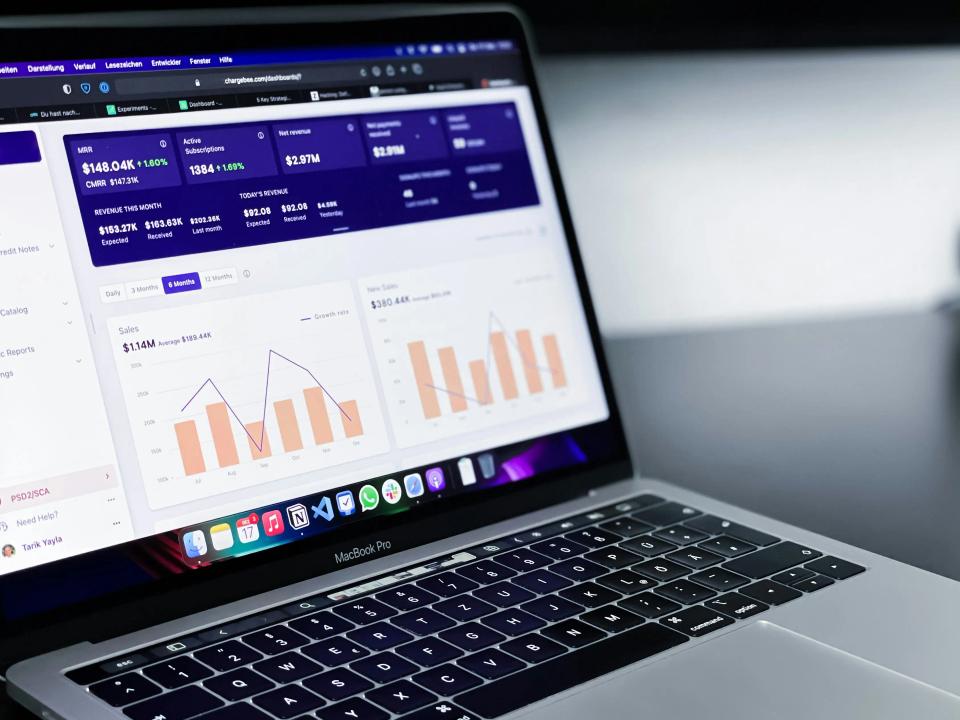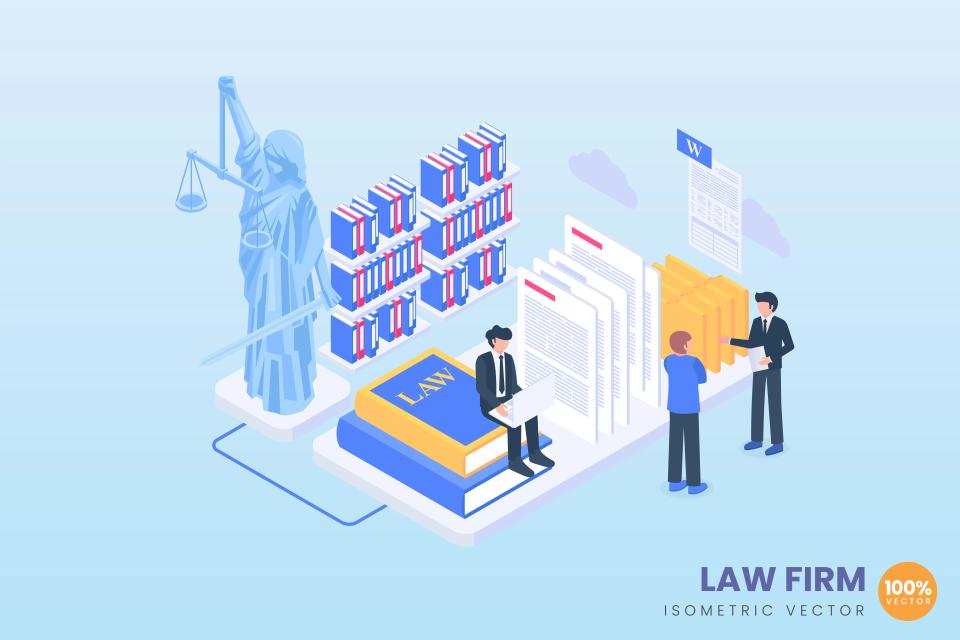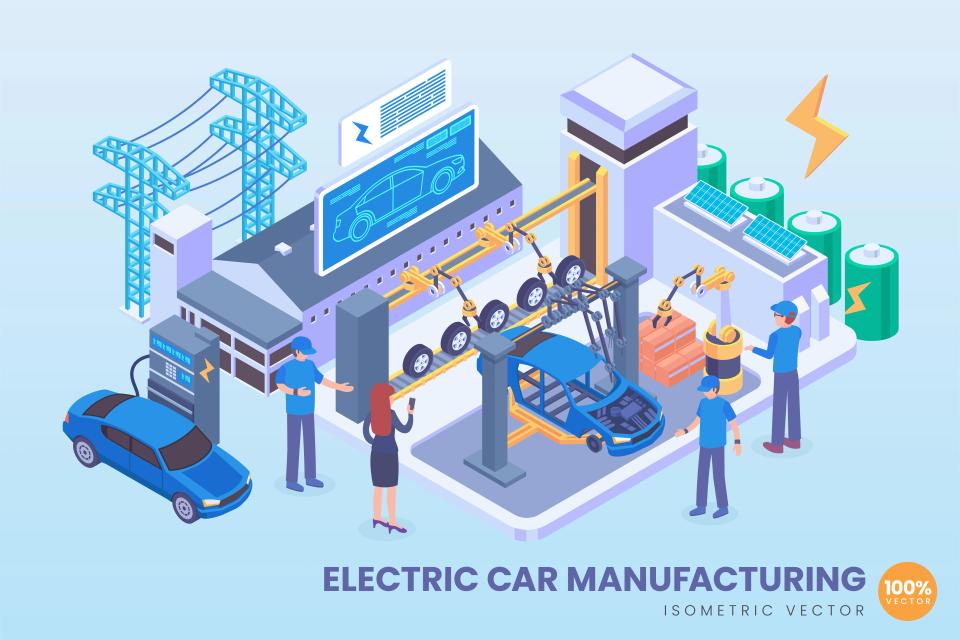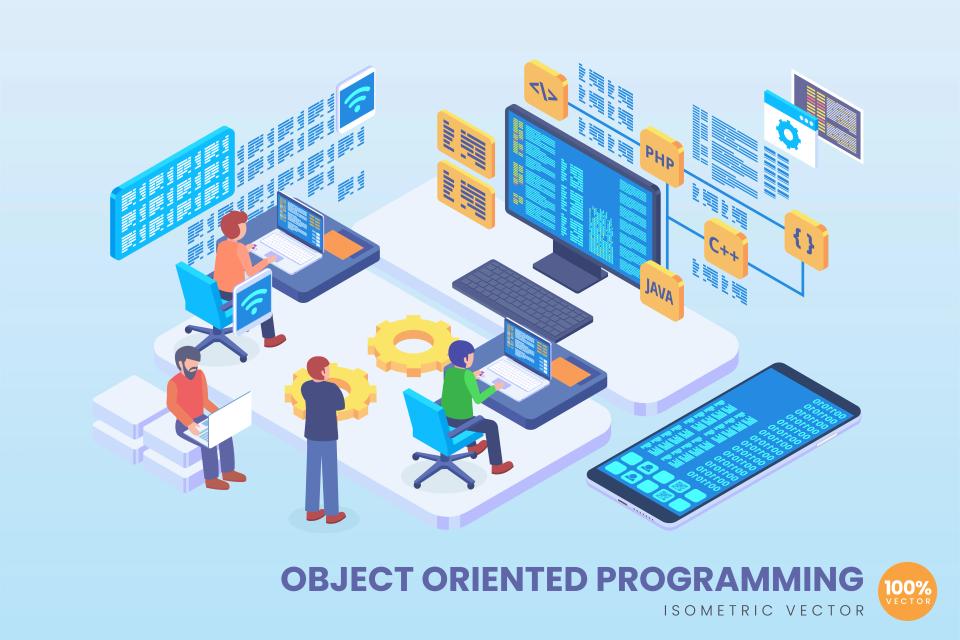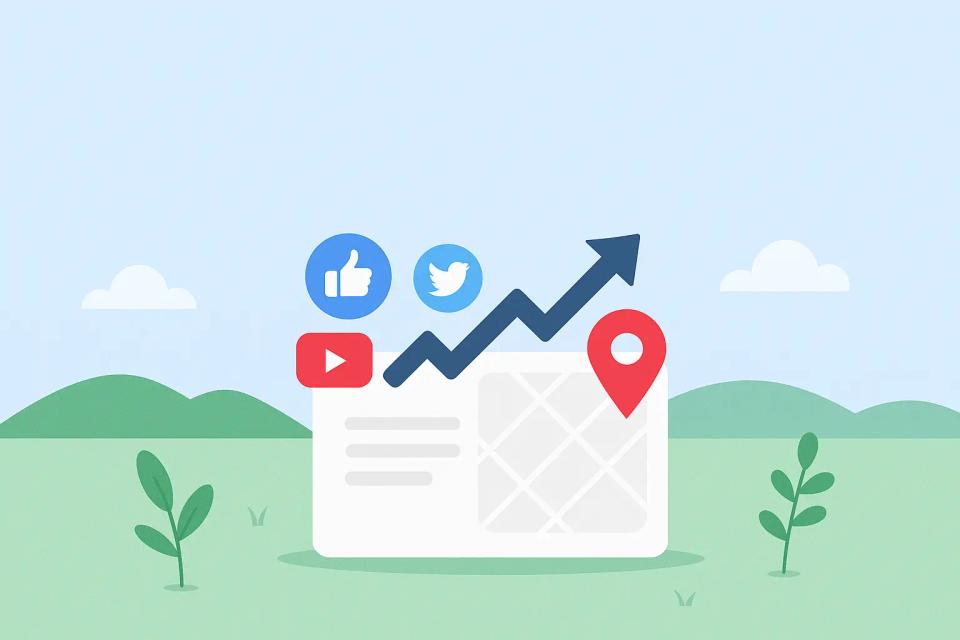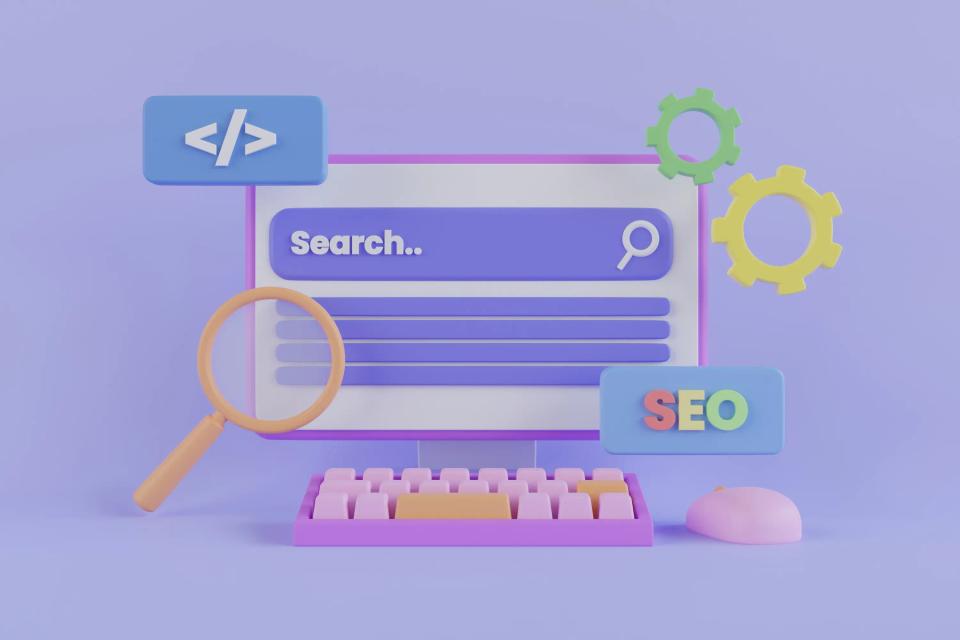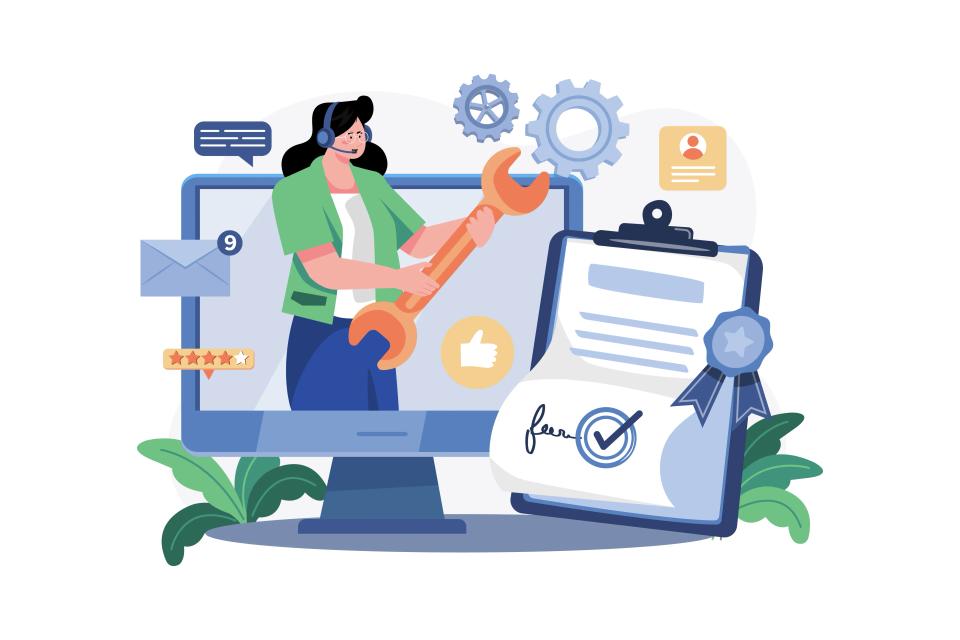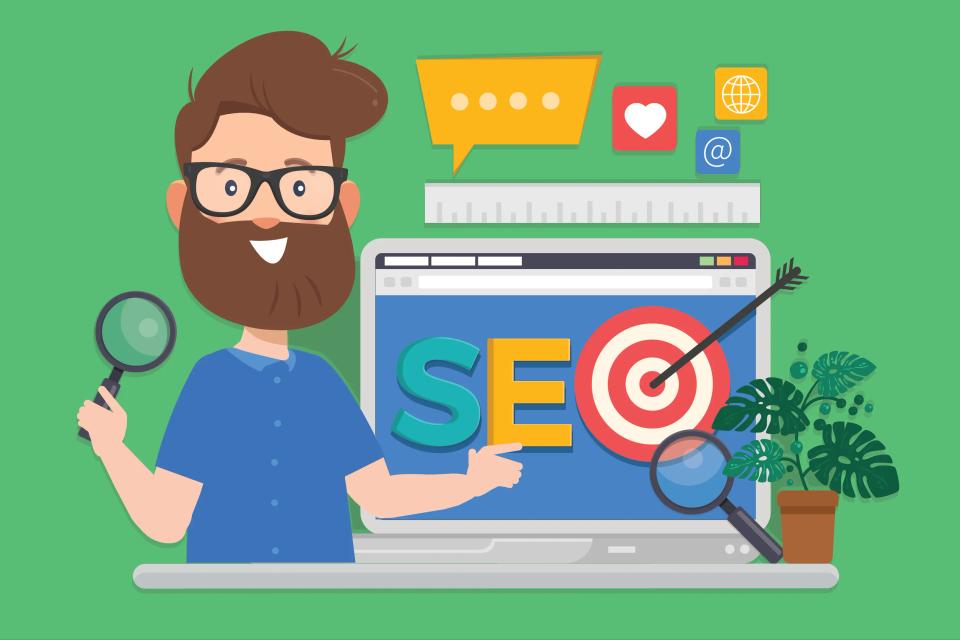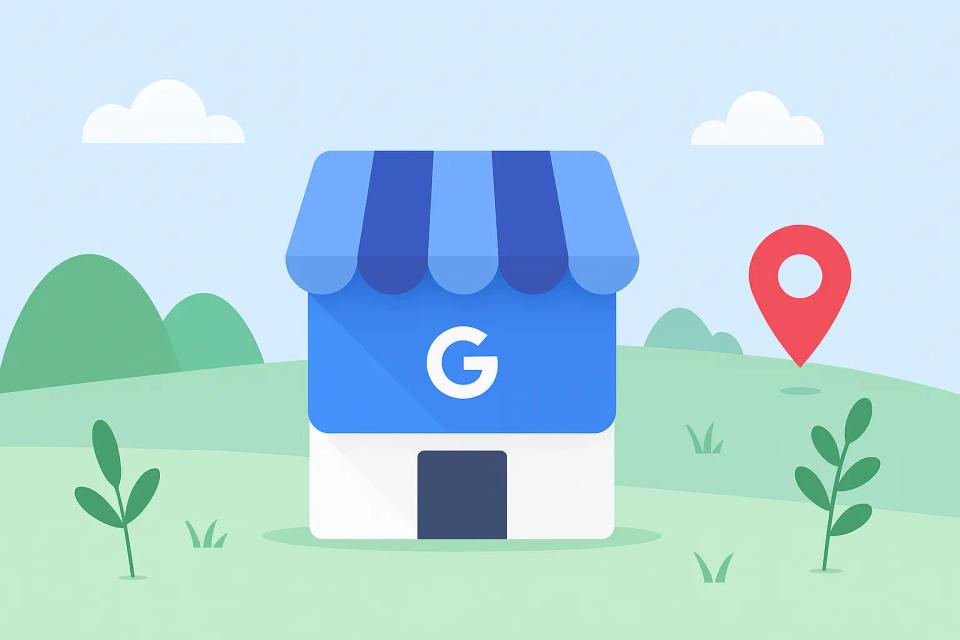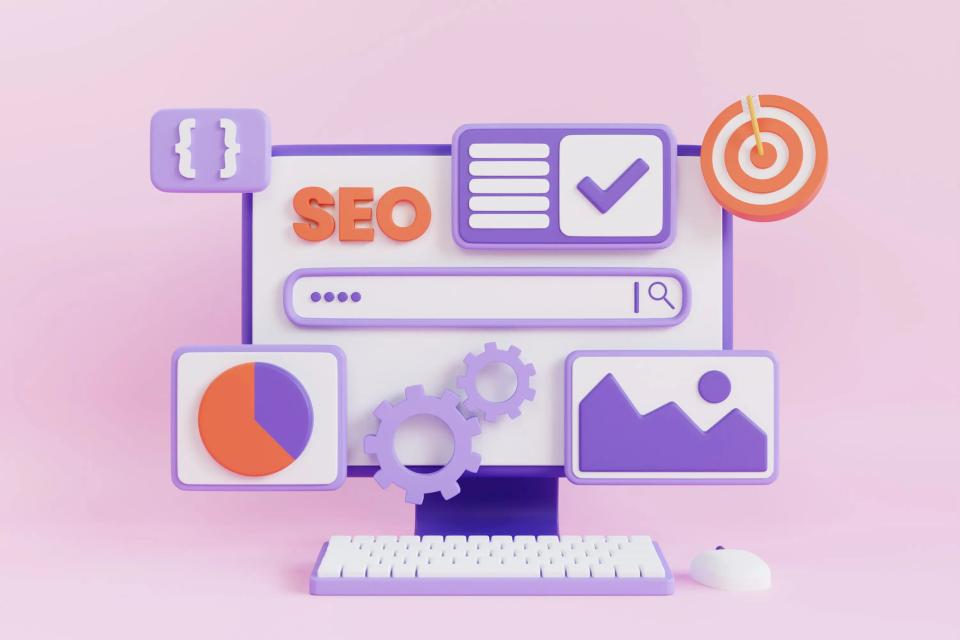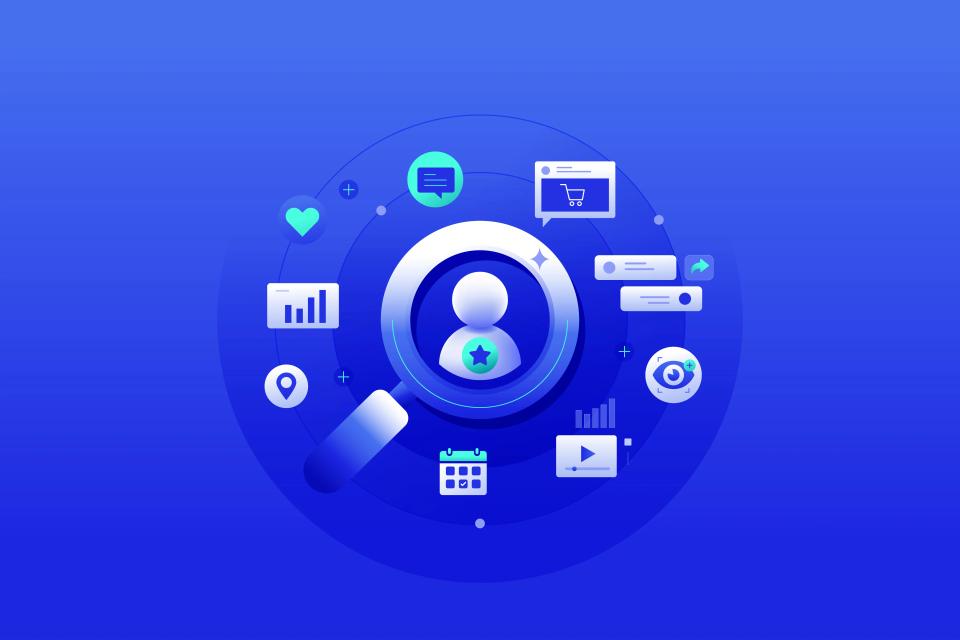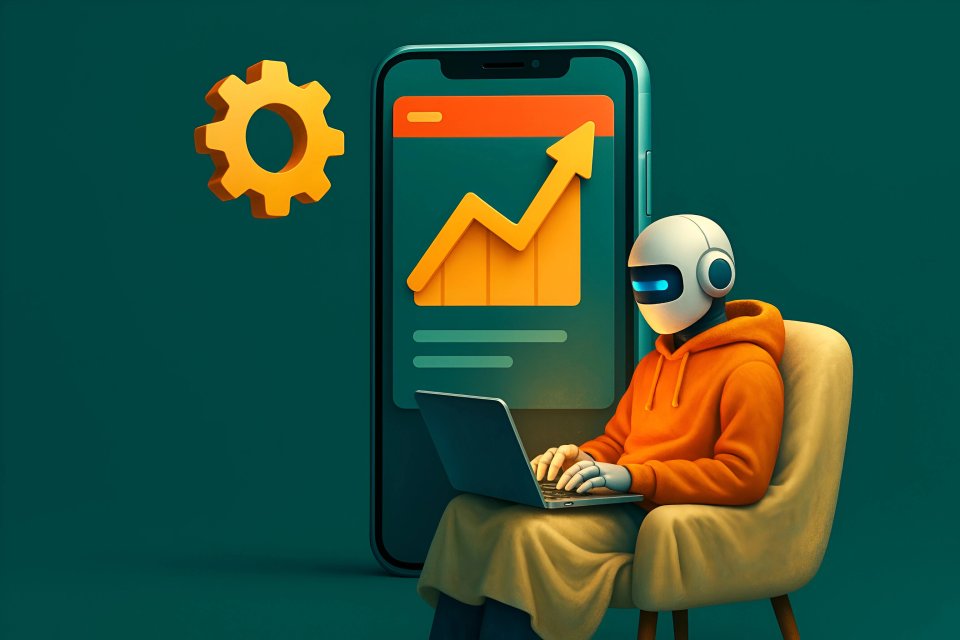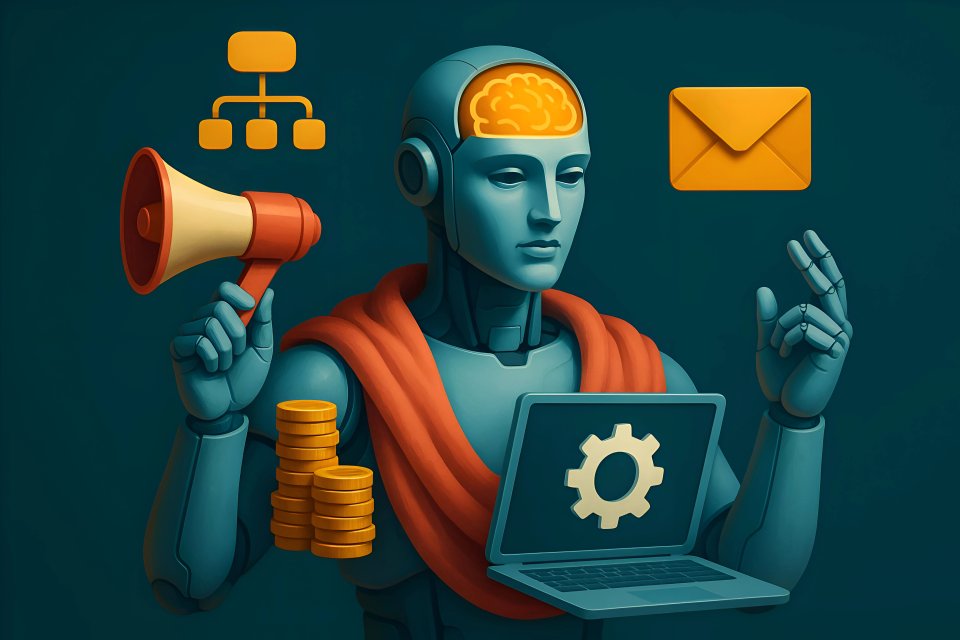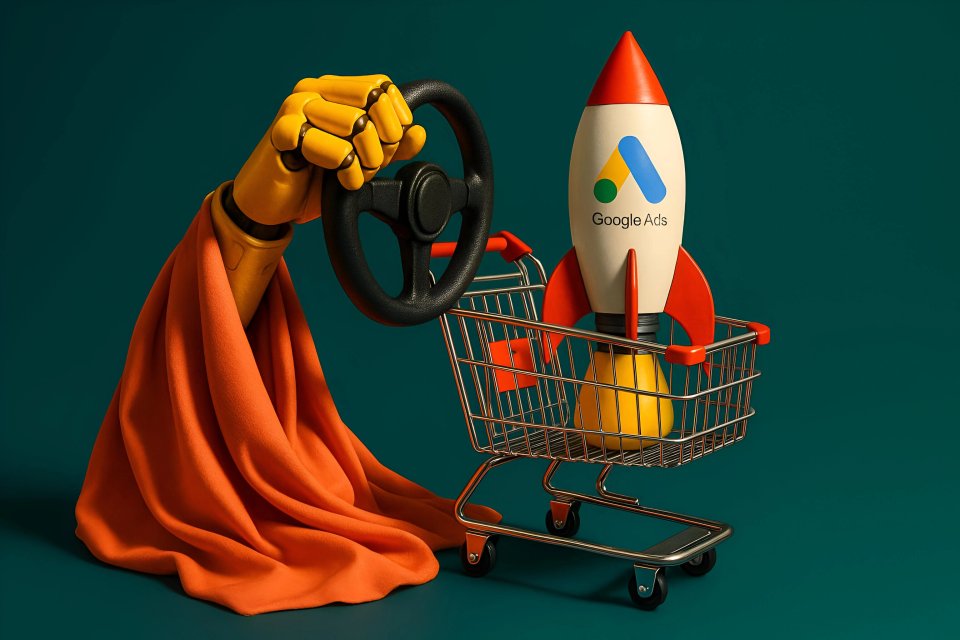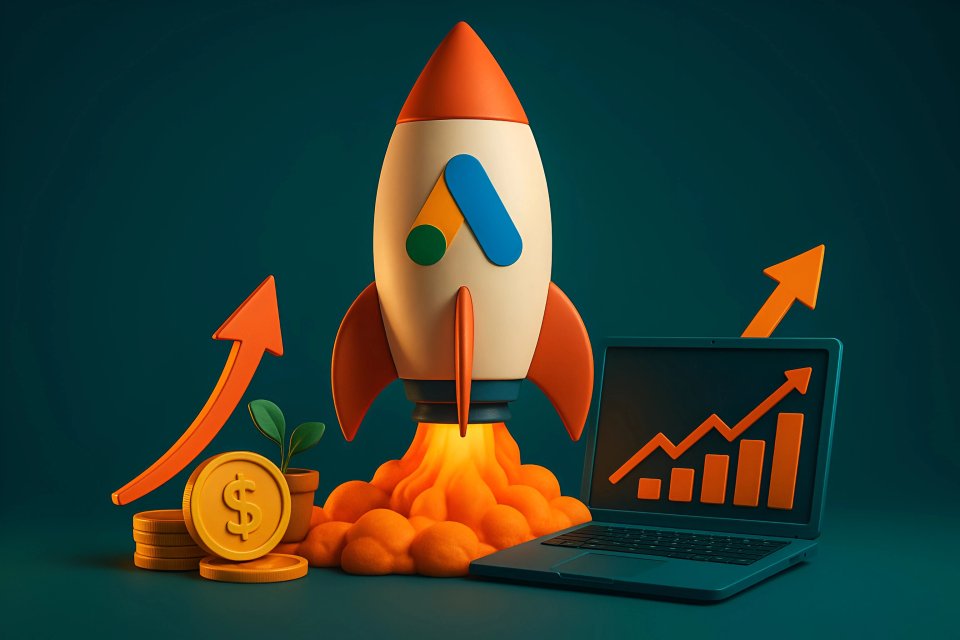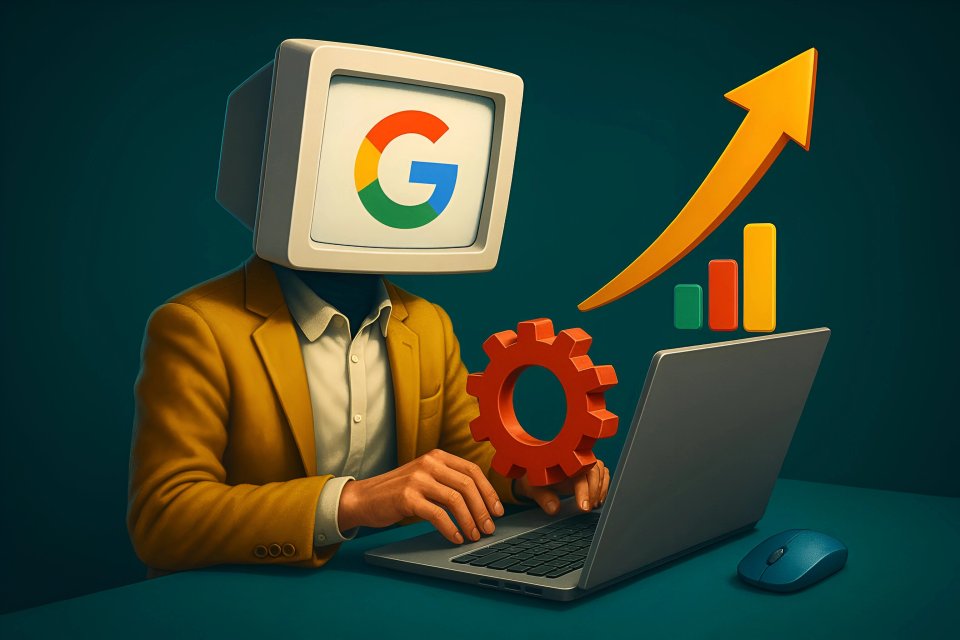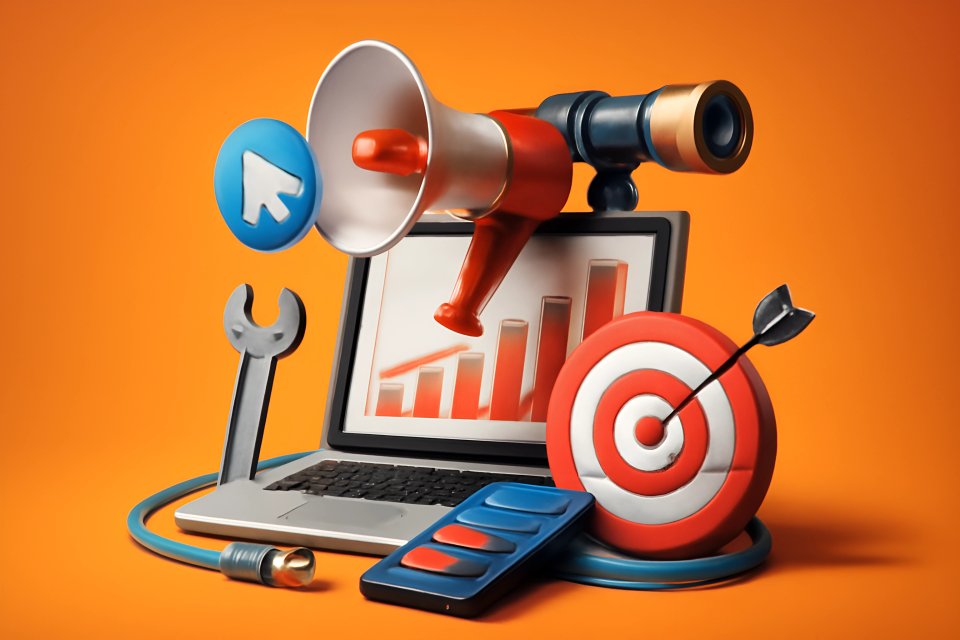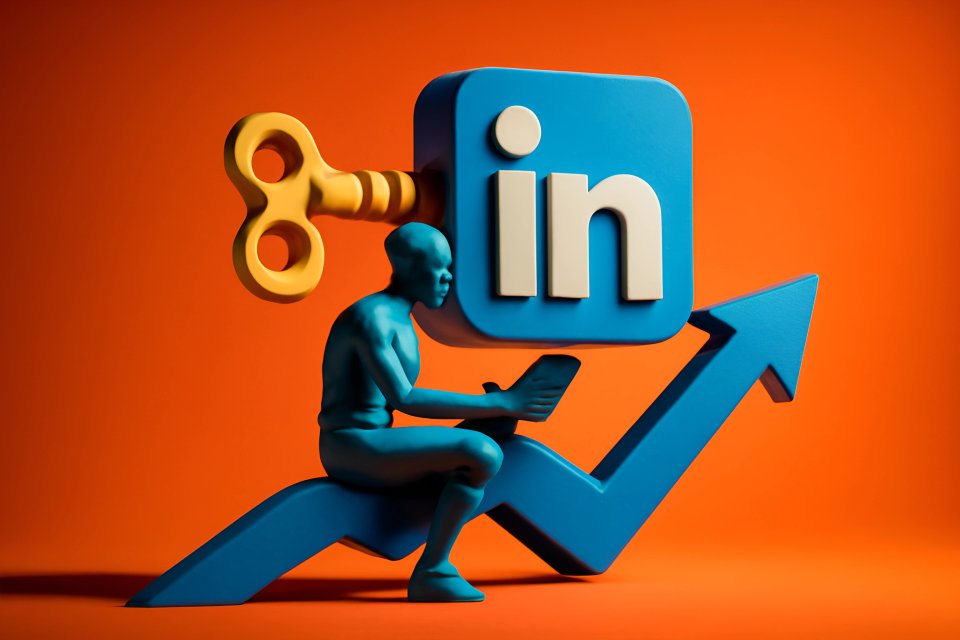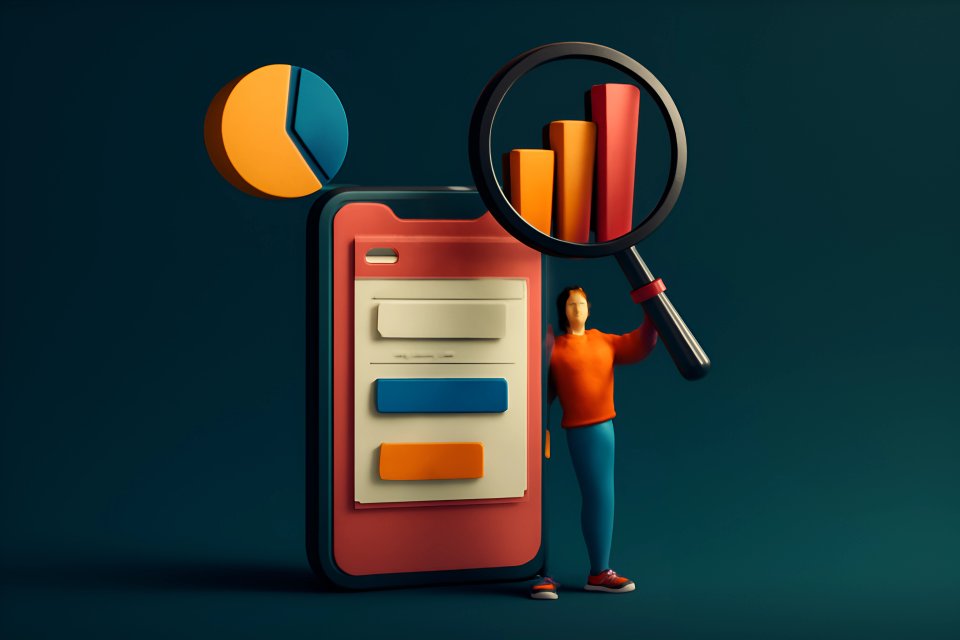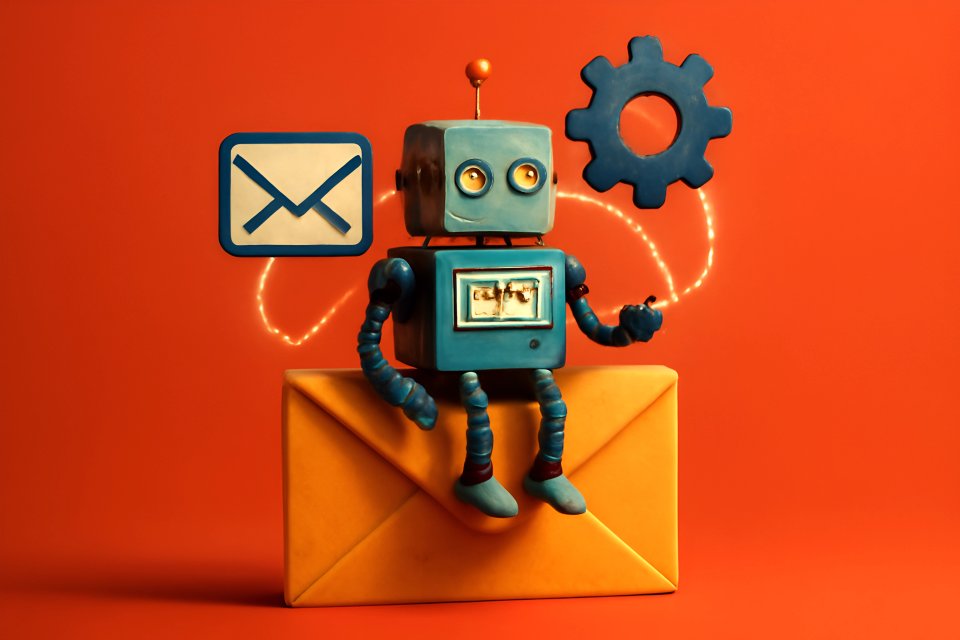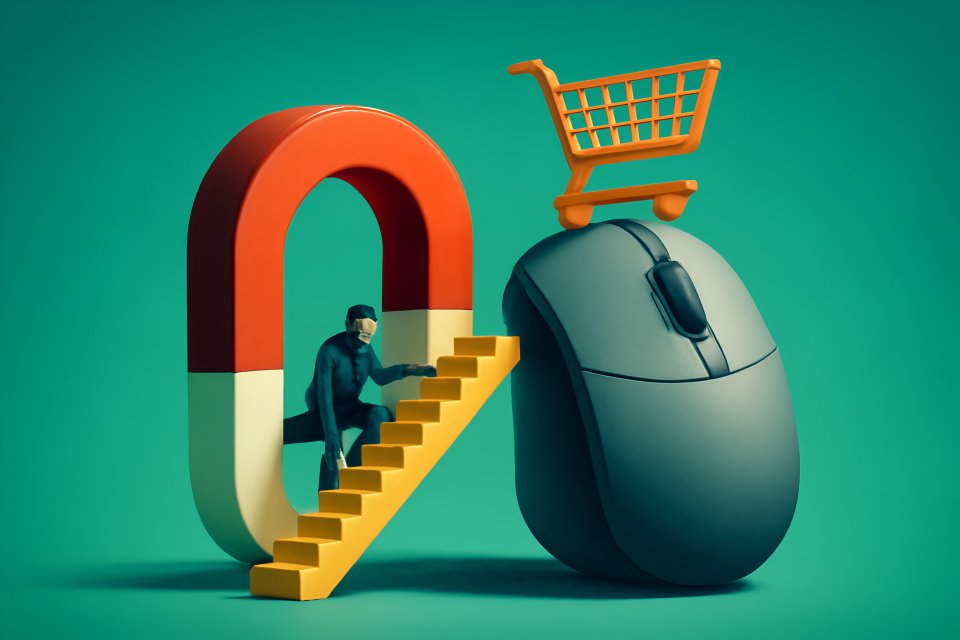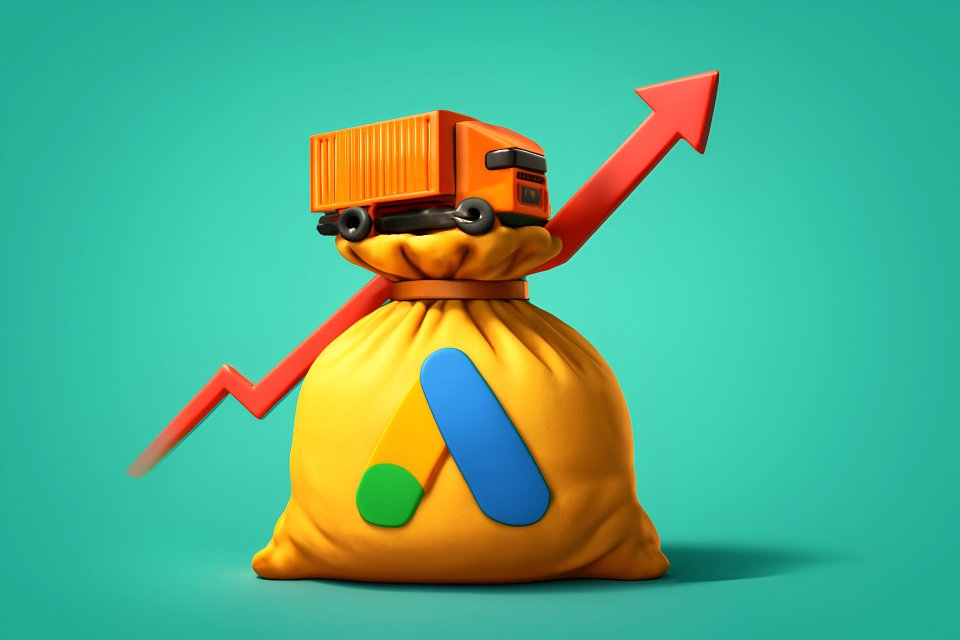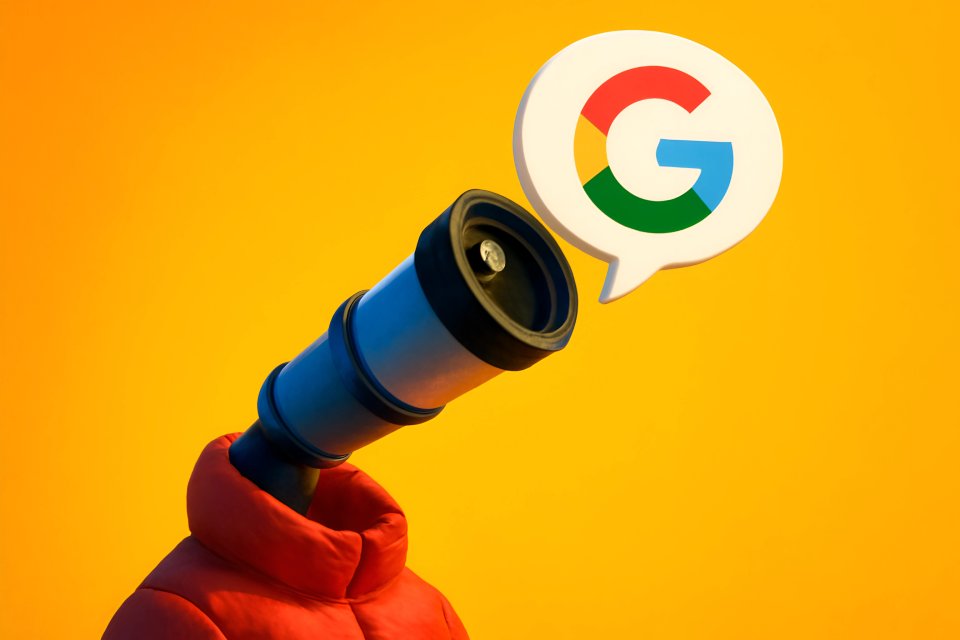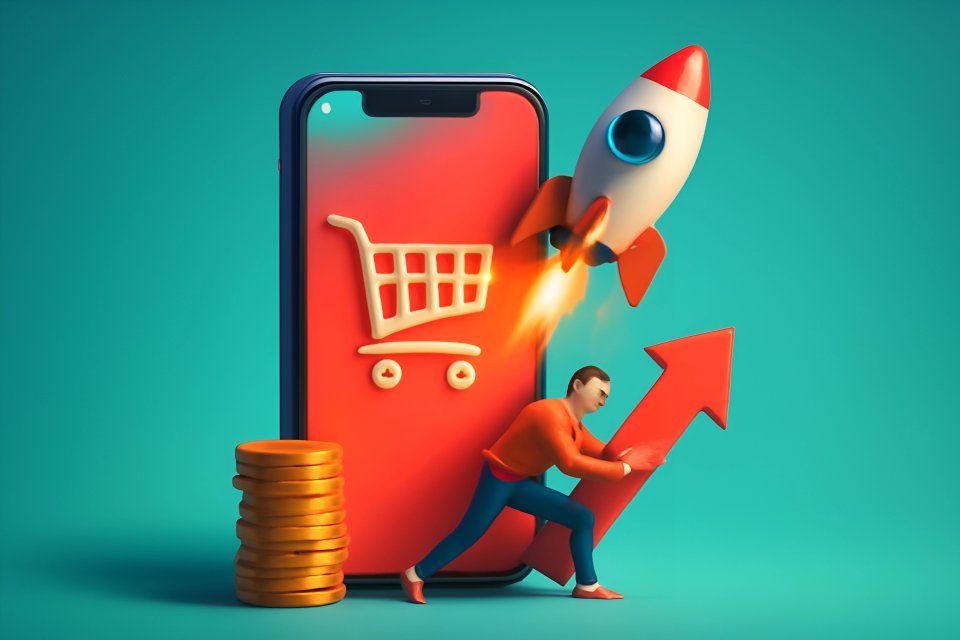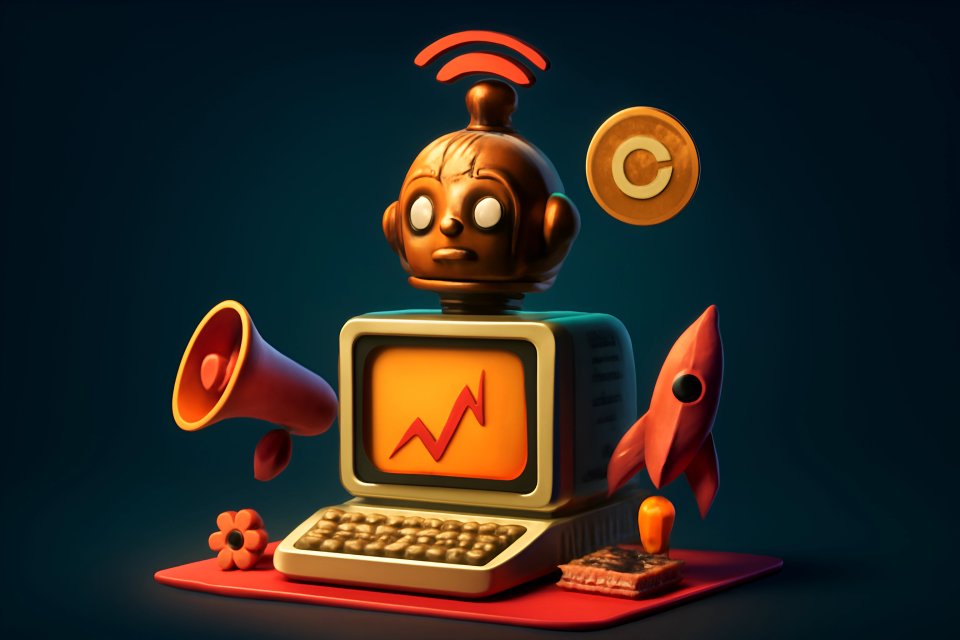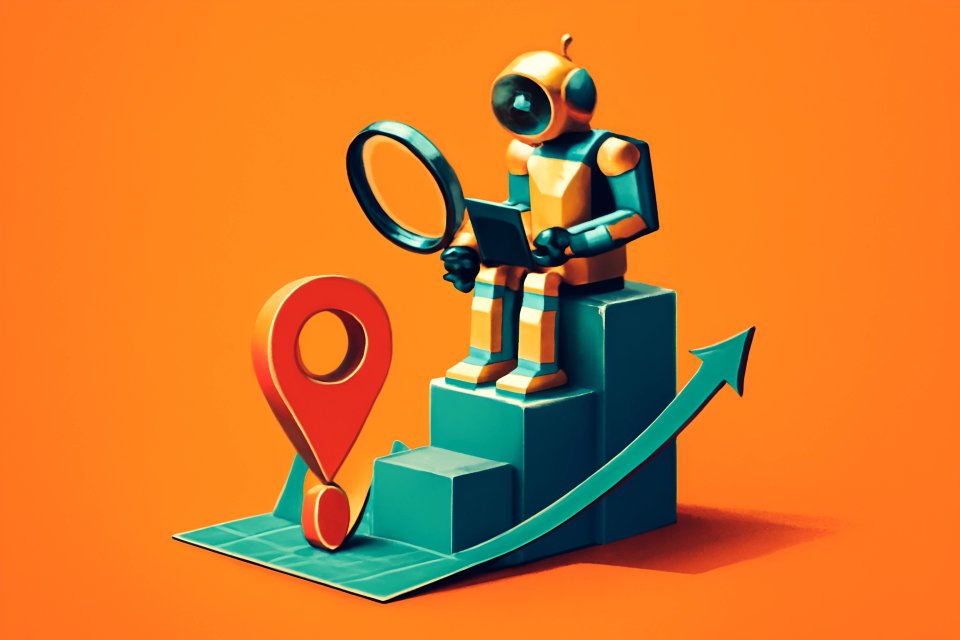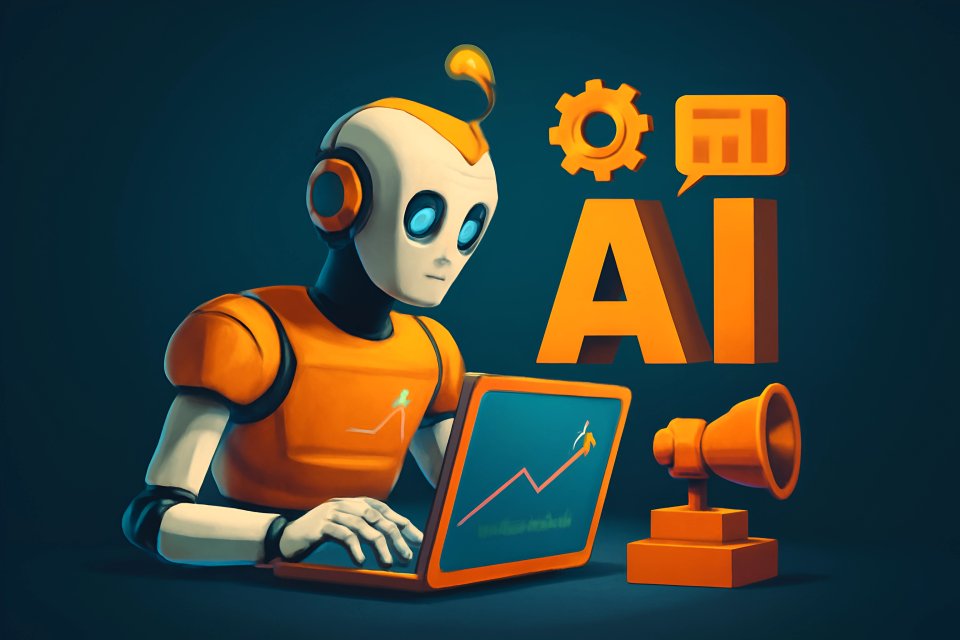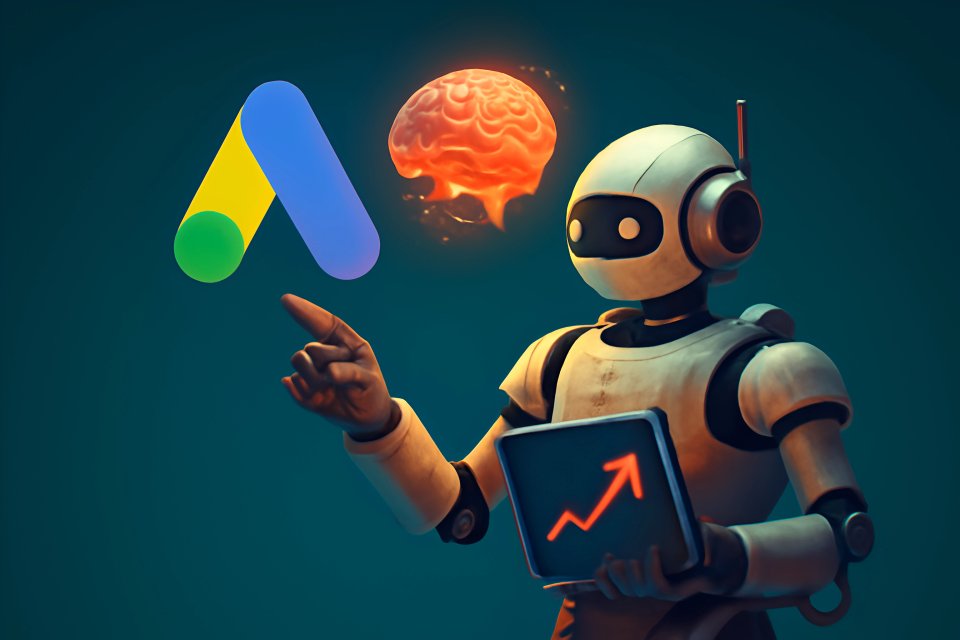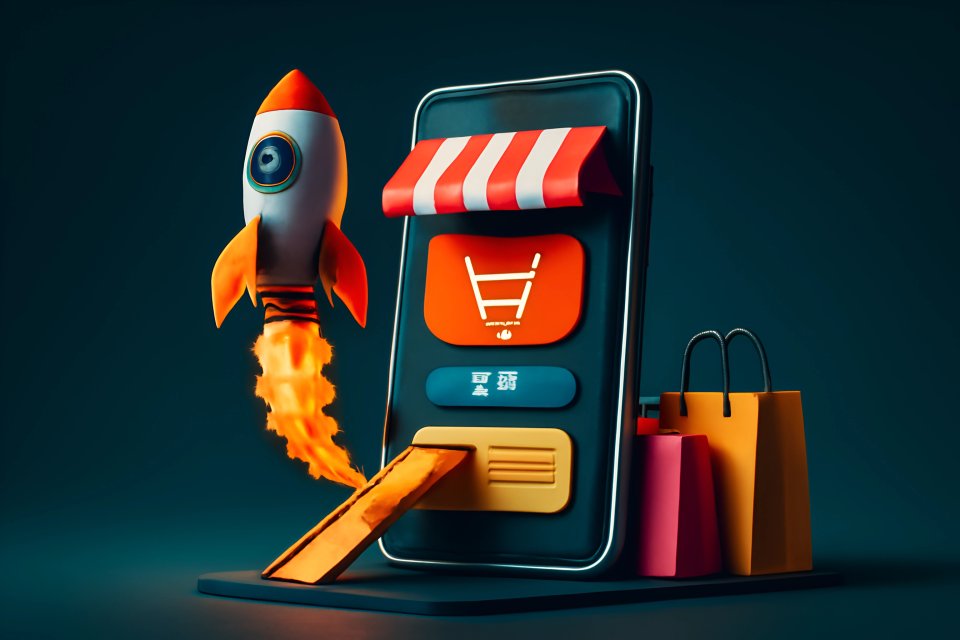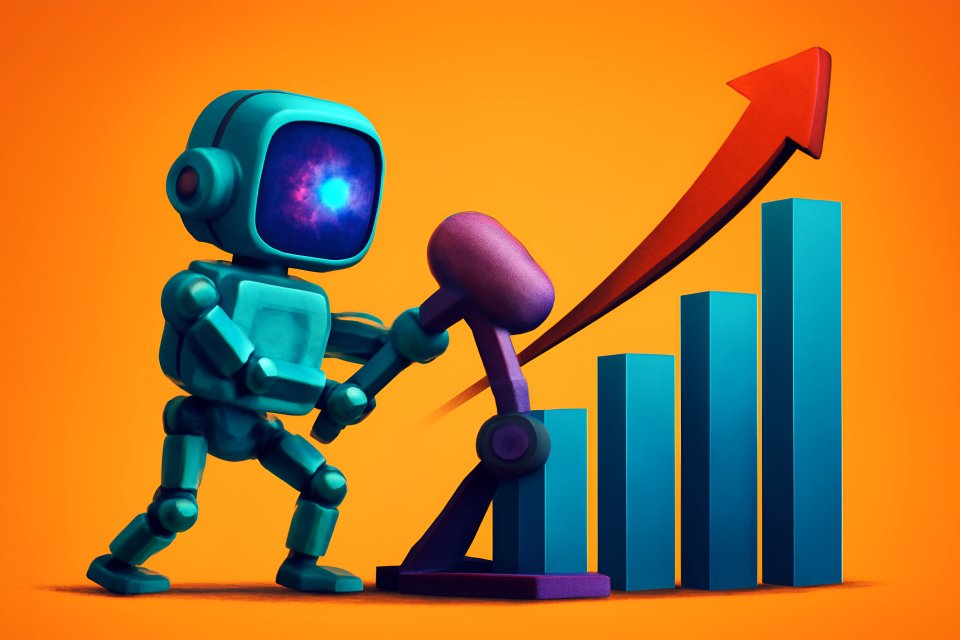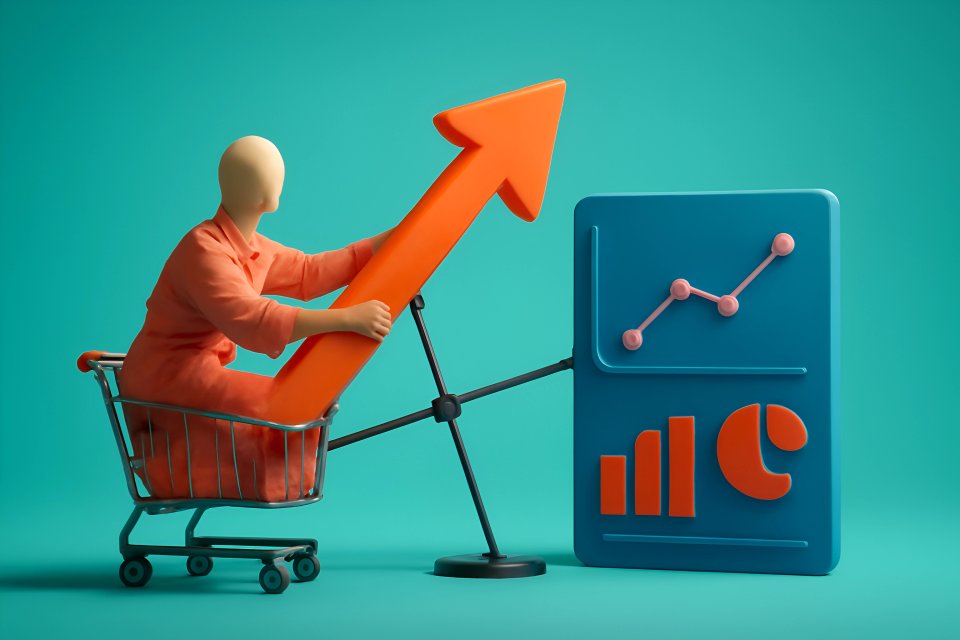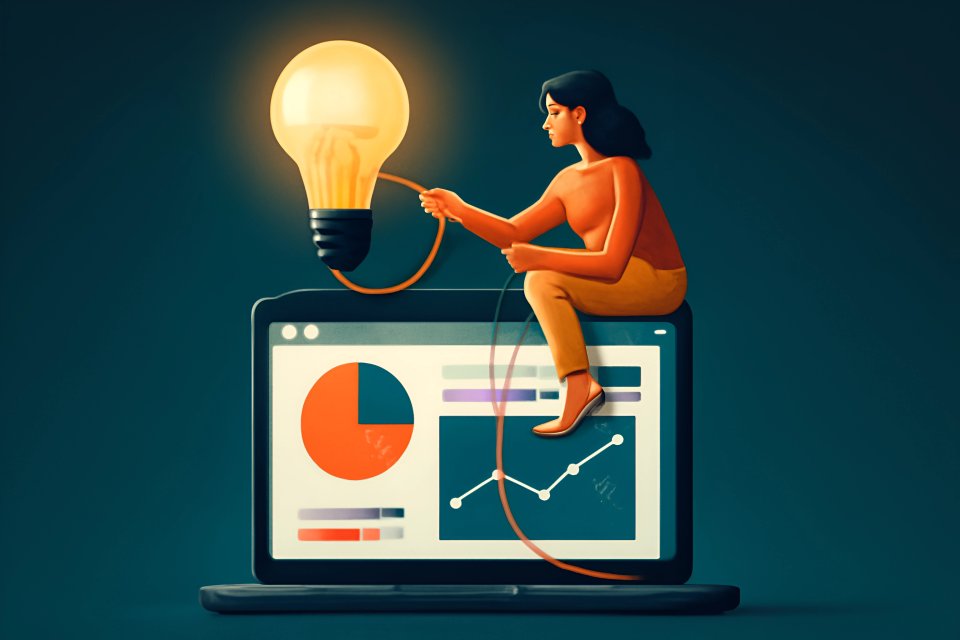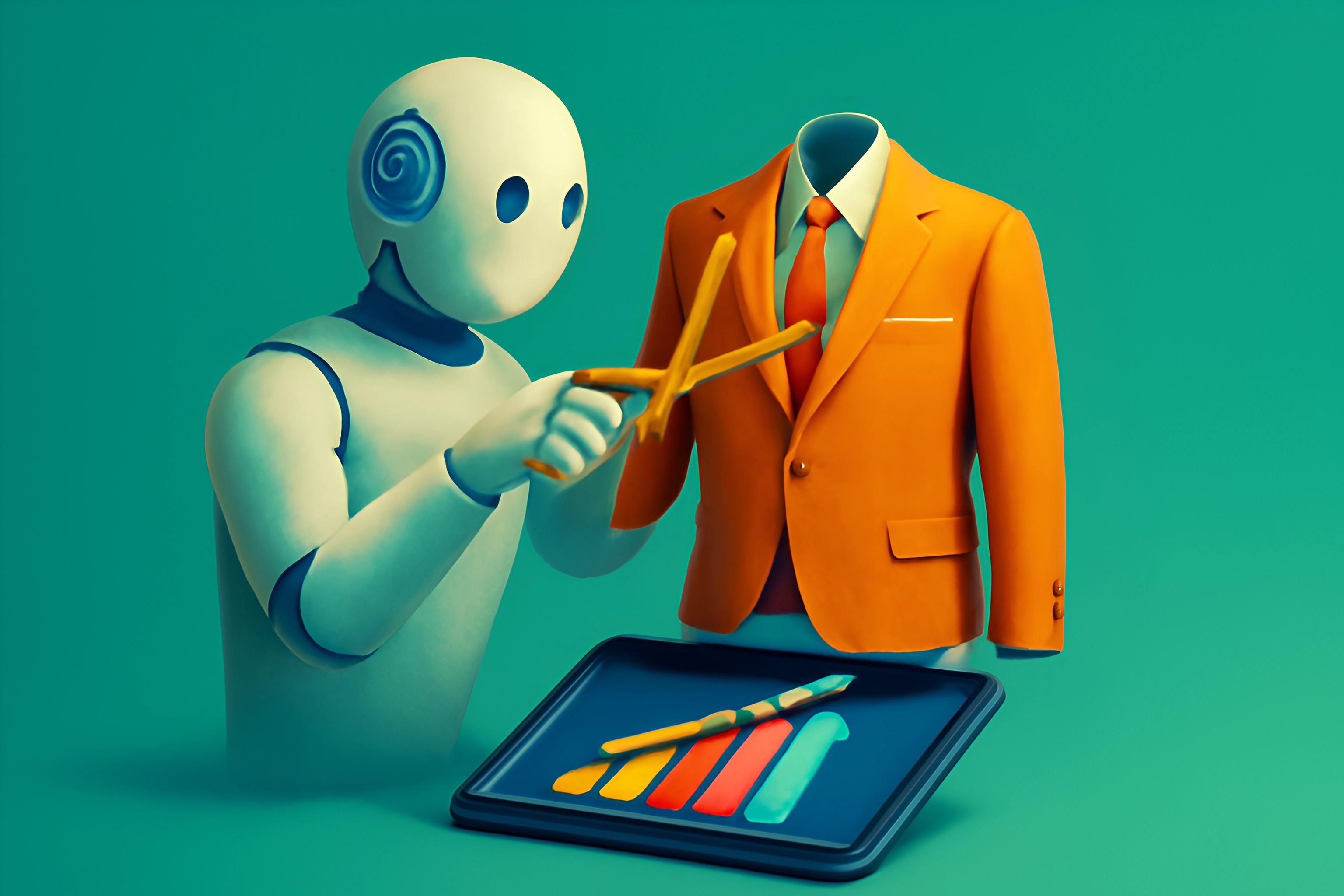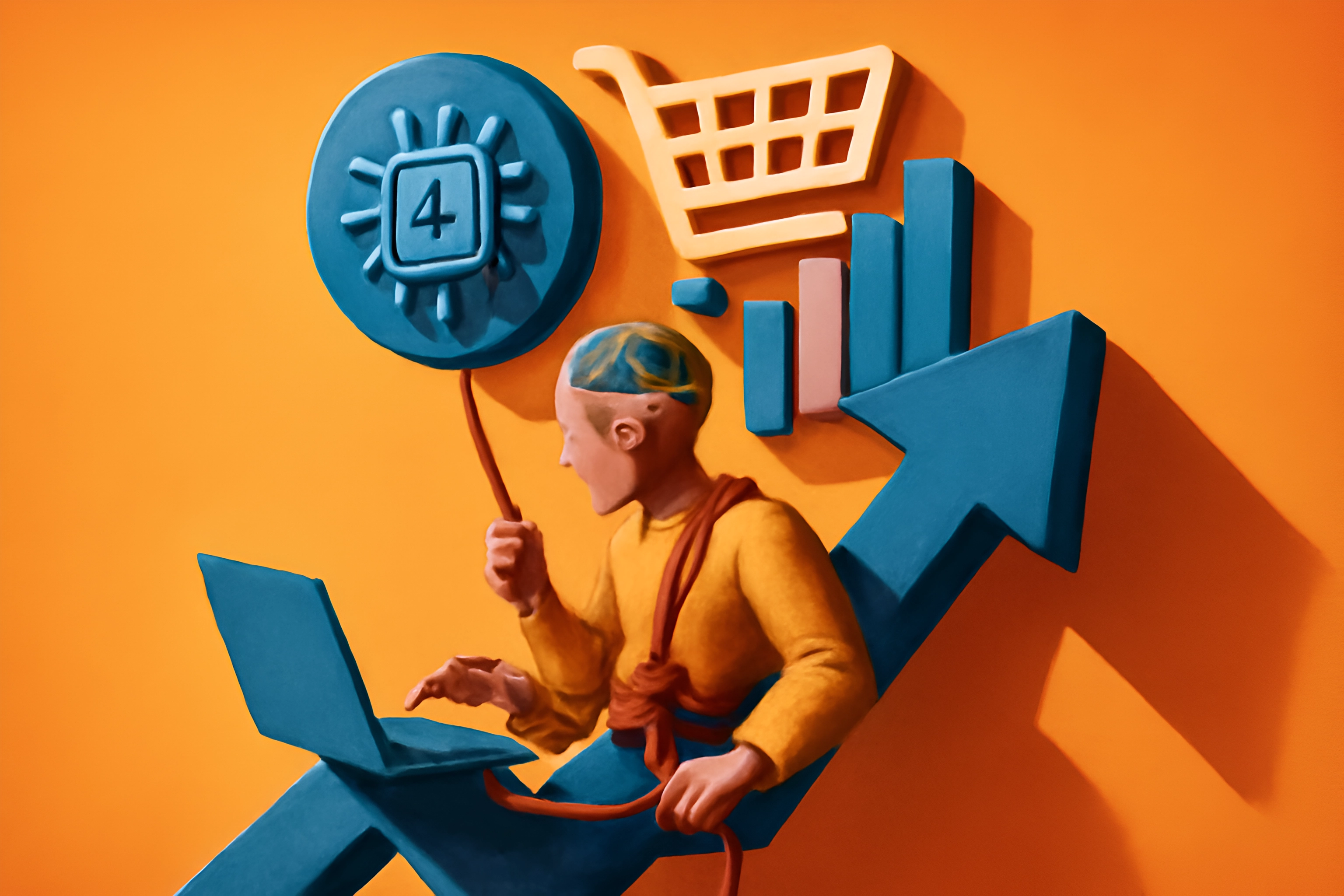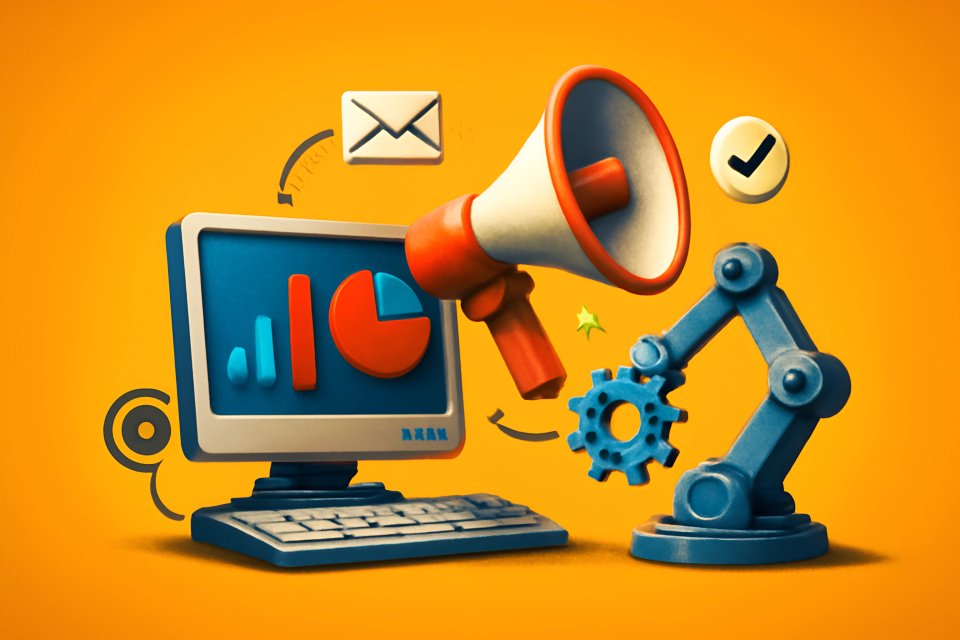The ground is shifting beneath your feet. The digital marketing playbook you’ve mastered for the last decade is being torn up, page by page. For many, this "cookiepocalypse" is a source of deep, gut-wrenching anxiety.
But for you? For the strategic, the forward-thinking, the ones who refuse to be left behind? This is an unprecedented opportunity. The deprecation of third-party cookies means the data you relied on for tracking, targeting, and personalization is vanishing, but what replaces it is infinitely more powerful.
This isn't about finding a simple replacement for cookies. This is about a fundamental evolution. The future isn't about chasing individuals across the web; it's about understanding and predicting customer needs using your own first-party data and intelligent systems. This is where AI automation tools for digital marketing step in, turning a crisis into your greatest competitive advantage.
The New Reality: Navigating a Privacy-First Digital Landscape
For years, the third-party cookie was the invisible engine of digital advertising. It was the secret sauce that made the internet feel personal, sometimes eerily so. But with its power came a steep price: user privacy.
A Quick Refresher: The Role of the Third-Party Cookie
Think of it as a digital breadcrumb dropped by a website on your browser. Another website could then read that breadcrumb, allowing advertisers to follow you across the web. This simple mechanism powered everything from ad retargeting that reminded you of that abandoned shopping cart to the complex audience profiles used to find new customers.
This system allowed marketers to build what felt like a complete picture of a user's interests and behaviors. It was the foundation of programmatic advertising and a core component of countless marketing strategies. But that foundation is now crumbling, leaving significant gaps in its wake.
The Gaps Left Behind: Key Challenges for Marketers
Without these cross-site trackers, your ability to reach new, relevant audiences suddenly becomes a guessing game. The magic of showing your ads to people who look and act just like your best customers is fading. As detailed by experts at Improvado, this disruption fundamentally challenges traditional audience targeting and attribution models.
Worse yet, the effortless personalization for anonymous visitors—tailoring your website experience the moment they land—becomes nearly impossible. And perhaps most terrifyingly, tracking the customer journey across different platforms becomes a nightmare. According to insights from Sprout Social, this shift forces marketers to rethink audience segmentation and measurement from the ground up, leaving many feeling like they're flying blind.
From Third-Party Tracking to First-Party Intelligence: AI's New Role
Stop thinking about what you've lost. Start focusing on the incredible power of what you already own. The paradigm shift is simple but profound: we are moving from rented data (third-party cookies) to owned data (first-party). AI is the engine that makes your owned data exponentially more valuable.
Predictive Analytics: Understanding Intent Without Cookies
Imagine knowing what your customer wants before they do. AI models act as digital detectives, analyzing on-site behavior, CRM data, and purchase history to predict future actions. This isn't tracking; it's intelligent forecasting.
These systems can identify the subtle signals that indicate a customer is about to make a purchase or, conversely, is at risk of churning. As highlighted in reviews on TheCMO.com, AI-powered predictive analytics are no longer a luxury; they are a core component for converting your existing data into predictable revenue streams. This gives you the power to act proactively, securing sales and loyalty without ever needing a third-party cookie.
Enhanced Contextual Targeting
What if, instead of chasing users around the internet, you simply met them in the perfect place at the perfect time? AI-driven contextual targeting makes this a reality. It moves beyond who the user is and focuses on what they are consuming right now.
AI algorithms can analyze the content, sentiment, and context of a webpage in real-time to serve a perfectly relevant ad. This is a more respectful and often more effective approach. It ensures your message enhances the user's experience rather than interrupts it, a key principle we leverage in our AI-powered SEM strategies.
Hyper-Personalization with First-Party Data
This is where you build an unbreakable bond with your audience. Using the rich first-party data from your website, app, and email list, AI can create deeply personalized on-site experiences, product recommendations, and email campaigns. This is the kind of marketing that makes customers feel seen and understood.
Instead of a generic homepage, a returning customer sees products related to their last purchase. Instead of a mass email blast, each subscriber receives content tailored to their engagement level. This is how you build a loyal tribe that trusts your brand, and it's a core focus of our approach to creating hyper-personalized AI-driven email outreach.
Your Post-Cookie Toolkit: AI Automation Strategies You Can Implement Today
Feeling overwhelmed? Don't be. The tools to dominate this new era are already here, waiting for you to seize them. Here are four actionable strategies you can implement to turn your marketing into an intelligent, automated powerhouse.
Strategy 1: Unify and Activate Your Data with AI-Powered CDPs
Your customer data is likely scattered across a dozen different systems. A Customer Data Platform (CDP) acts as your central command center, and when powered by AI, it becomes a strategic weapon. These platforms create a single, unified view of each customer.
AI algorithms then get to work, automatically segmenting your audience, predicting lifetime value, and identifying your ideal customer profiles from your existing data. As detailed in Zapier's guide to the best AI marketing tools, a CDP transforms fragmented information into a clear, actionable roadmap for growth. It’s the foundation of a modern, privacy-first marketing stack.
Strategy 2: AI-Driven Content Optimization and SEO
In a world where keyword context is king, you need more than just a good writer; you need an intelligent strategist. AI tools can analyze top-ranking content in your niche, identify critical keyword gaps, and suggest precise optimizations for your on-page SEO. This automates the most tedious parts of the SEO process.
AI doesn't replace your SEO team; it supercharges them.
This ensures your content is not only well-written but also perfectly positioned to be discovered by search engines and, more importantly, your ideal customers. It’s a core part of how we ensure our clients dominate search results in this new landscape, a strategy complemented by the essential digital marketing tools for 2025.
Strategy 3: Predictive Lead Scoring in Your CRM
Are your sales and marketing teams wasting precious time on dead-end leads? AI-powered features within platforms like HubSpot and Salesforce put an end to that. They analyze lead behavior and demographic data to assign a score indicating their likelihood to convert.
This allows your teams to focus their energy exclusively on the most promising prospects, dramatically increasing efficiency and conversion rates. This is a cornerstone of boosting lead generation with AI-powered marketing automation, ensuring every marketing dollar is spent pursuing real opportunities, not chasing ghosts.
Strategy 4: Smarter Ad Spend with AI-Powered SEM
The days of manually tweaking ad bids and targets are over. AI algorithms within platforms like Google Ads (think Performance Max) and Facebook Ads now do the heavy lifting for you. These systems are essential for success in a post-cookie world.
These tools automate bidding, targeting, and creative testing based on real-time conversion data and contextual signals. They optimize your campaigns for pure performance, squeezing maximum ROI from every dollar spent. As experts from MarketerMilk note, leveraging these native AI features is no longer optional for getting ahead.
A Strategic Approach to AI Integration
A powerful tool is useless without a powerful strategy. Simply buying new software won't solve your problems. You need a deliberate, phased approach to integrate AI into your marketing DNA.
Step 1: The First-Party Data Audit
Before you spend a dime on new tools, you must look inward. You can't build a skyscraper on a shaky foundation. Assess the quality, accessibility, and completeness of your current data sources—your website analytics, CRM, and email lists are your new gold mines.
Step 2: Identify Your Primary Marketing Objective
What is the single biggest challenge the post-cookie world presents to your business? Is it finding new customers? Is it retaining the ones you have? Or is it delivering the personalized experiences your audience craves? Focus your AI strategy on solving your most painful problem first.
Step 3: Select and Integrate the Right Tech Stack
Now, and only now, do you choose your tools. Select platforms that solve your specific problem and, crucially, integrate with your existing systems. As experts from Harvard's Division of Continuing Education advise, a strategic approach begins with clear objectives, not a rush to adopt new technology. This is a complex landscape, and we help our clients navigate it to build a seamless, powerful tech stack.
Step 4: Test, Measure, and Iterate
This is not a "set it and forget it" game. The market is constantly changing, and your strategy must evolve with it. Emphasize rigorous A/B testing and performance tracking to validate your new AI-driven strategies. This commitment to continuous improvement is a core part of our process at CaptivateClick and is essential for harnessing data-driven digital marketing for measurable success.
The Future is Cookieless, Connected, and Clever
Let's be clear: the end of the third-party cookie is not the end of effective marketing. It is the beginning of a more respectful, more intelligent, and ultimately more profitable era. It's a pivot from tracking to connecting.
The brands that will win in the next decade are not the ones who find a clever workaround for tracking. They are the ones that build direct, authentic relationships with their customers. They will use technology like AI to enhance that relationship, not just to monitor it from a distance.
The post-cookie world requires a new strategy, not just new tools. If you're ready to build a resilient, future-proof digital marketing plan that turns this industry-wide disruption into your greatest strength, the experts at CaptivateClick are here to guide you.
Schedule your strategic consultation today.






